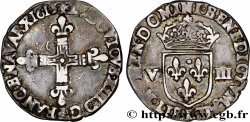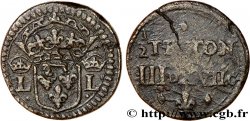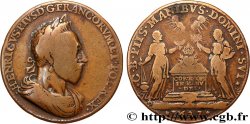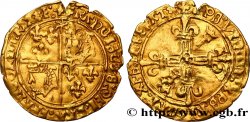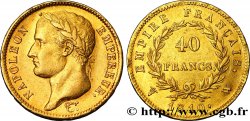Live auction - bry_624775 - LOUIS XIII Quatre louis d'or (XIXe siècle) 1640 Paris, Monnaie du Louvre
Чтобы принять участие в торгах, вы должны войти в систему и стать подтвержденным участником аукциона. Войдите, чтобы сделать ставку. Ваш аккаунт будет подтвержден в течение 48 часов. Не ждите до закрытия торгов, чтобы зарегистрироваться.Сделав ставку на данный товар, вы вступаете в юридическое соглашение на покупку выбранного товара и нажатием кнопки «Сделать ставку» подтверждаете принятие вами условий интернет-аукционов cgb.fr.
Ставка может бить сделана только в полном эквиваленте евро. Торги закроются согласно времени, указанному в описании товара, все ставки, сделанные после закрытия торгов, учитываться не будут. Не следует откладывать предложение вашей ставки до последнего момента, так как система может не успеть обработать вашу заявку, и ваша ставка не будет принята. Более детальную информацию вы найдёте здесь: FAQ по интернет-аукционам.
Все ставки победителей подлежат комиссии 18%.
Все ставки победителей подлежат комиссии 18%.
| Оценить : | 6 500 € |
| Цена : | 2 500 € |
| Максимальная предлагаемая цена : | 3 200 € |
| Конец торгов : | 08 December 2020 17:10:43 |
| Участников : | 1 Участников |
Тип Quatre louis d'or (XIXe siècle)
Дата: 1640
Монетный двор / Город: Paris, Monnaie du Louvre
Количество отчеканенных монет: 431911
Металл: gold
Проба: 917 ‰
Диаметр: 34,5 mm
Ориентация осей монеты: 6 h.
Вес: 26,01 g.
Век: Striée
Редкость: R3
Комментарии о состоянии
Ce double louis est frappé sur un flan large et légèrement irrégulier. Exemplaire présentant des surfaces granuleuses au revers. Légères traces de travail dans les champs
Происхождение:
Exemplaire provenant de la collection Paul Bordeaux, 28-30 novembre 1927, n° 1117 (vente Feuardent)
Лицевая сторона
Аверс: легенда: LVD. XIII. D. G. - FR. ET. NAV. REX.
Аверс: описание: Tête laurée de Louis XIII à droite, avec la mèche longue, sans baie dans la couronne tenue par deux rubans ; au-dessous .1640..
Аверс: перевод: (Louis XIII, par la grâce de Dieu, roi de France et de Navarre).
Обратная сторона
Реверс: легенда: .CHRS. - .REGN. - .VINC. - .IMP..
Реверс: Описание: Croix formée de huit L adossées deux par deux couronnées, cantonnée de quatre lis, lettre d'atelier dans un cercle en cœur.
Реверс: перевод: (Le Christ règne, vainc et commande).
Комментарий
Cette “pièce du poids de quatre louis” est similaire au type adopté pour les doubles louis, louis d’or de Jean Warin de 1640 ainsi que celui utilisé pour les médailles de huit et de dix louis qui se trouvaient dans le coffre du graveur général placé à la Monnaie du Louvre. Cet exemplaire, avec une tranche striée et présentant des traces de fonte (bulles, aspérités de surfaces, trace de décalage de moule sous le buste et au niveau du millésime) ne saurait être considéré comme une production de Jean Warin, mais comme une copie pour collectionneur. Existe-t-il réellement des “pièces du poids de quatre louis” authentiques ? Nous en doutons et les archives ne les mentionne pas. Cet exemplaire nous conforte dans l’hypothèse d’une production réalisé dans le courant du XIXe siècle à destination de collectionneurs.
As we written, the coin called "Quatre Louis" is minted during the beginnner of the XIXème century for a very few famous collectors as all the coins called "Quatre Louis" sold by all numismatists.
This coin is more a medal than a coin. They decided to mint it in order to complete the series of "Huit Louis" and " Dix Louis", also considered as medal.
We never found informations in the public archives, so we think that all the coins called "Quatre Louis" are minted for collectors. In any case, this gold coin is a real rarity.
As we written, the coin called "Quatre Louis" is minted during the beginnner of the XIXème century for a very few famous collectors as all the coins called "Quatre Louis" sold by all numismatists.
This coin is more a medal than a coin. They decided to mint it in order to complete the series of "Huit Louis" and " Dix Louis", also considered as medal.
We never found informations in the public archives, so we think that all the coins called "Quatre Louis" are minted for collectors. In any case, this gold coin is a real rarity.







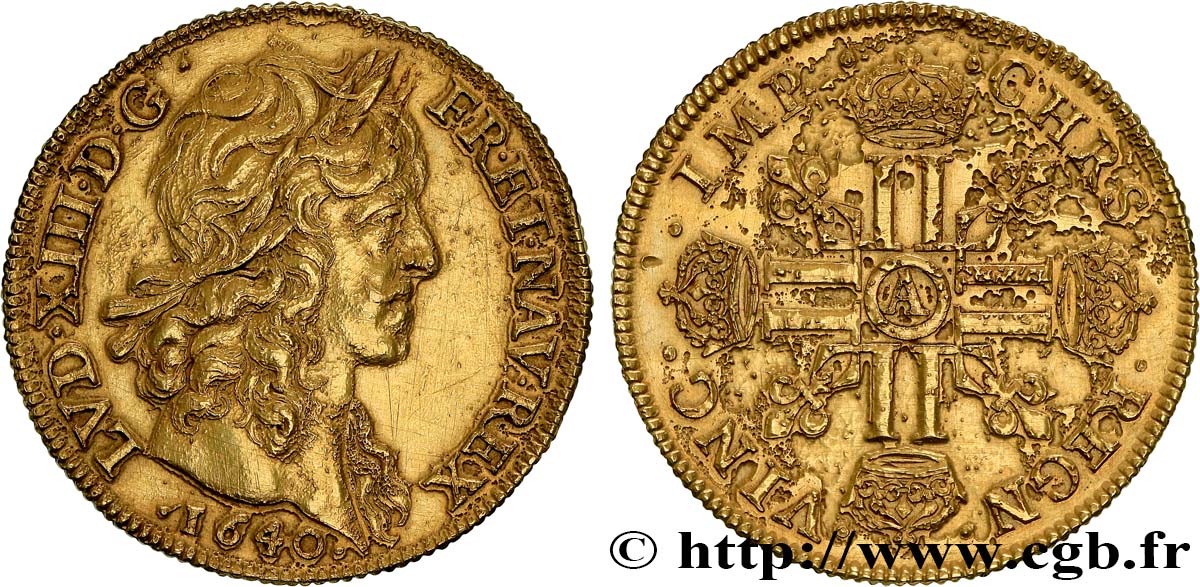
 Cообщить об ошибке
Cообщить об ошибке Распечатать страницу
Распечатать страницу Отправить мой выбор
Отправить мой выбор Задать вопрос
Задать вопрос Consign / sell
Consign / sell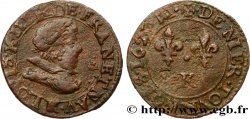
 Информация
Информация
